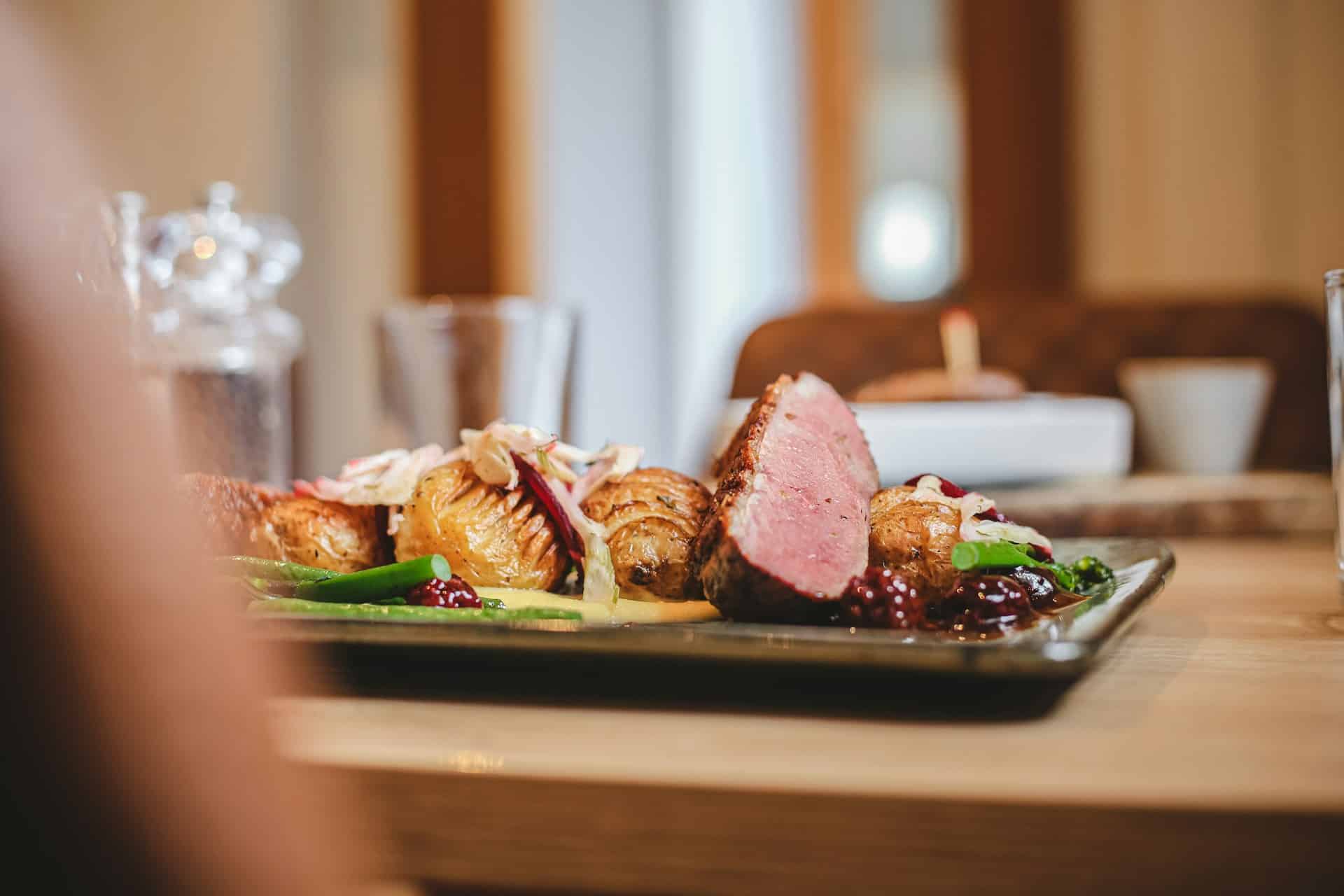What’s the Technique for a Perfectly Seared Duck Breast with a Pomegranate Glaze?

There’s something seductive about a duck breast, perfectly seared, the meat succulent and juicy, the skin crisped to perfection. The contrast of flavors and textures makes it a delight. Add a tangy, sweet pomegranate glaze to the mix, and you have a dish that will linger in the memory. Today, we’re going to delve into the techniques that will help you achieve this culinary masterpiece.
Choosing Your Duck
When it comes to duck, all breasts are not created equal. The breed of duck, its diet, and even how it was raised can all affect the flavor and texture of the meat. To ensure a satisfying end result, choose a duck that has been raised for its meat rather than its feathers or eggs.
Cela peut vous intéresser : What Are the Best Techniques for a Gourmet Beet and Goat Cheese Arugula Salad?
Farm-raised ducks often have a higher fat content which contributes to a richer, more robust flavor. The breast is the prime cut, with a good balance of lean meat and fat. The skin on a duck breast is thick and when cooked properly, it will render down to create a crispy, delicious crust.
Preparing the Duck Breast
Before you begin cooking, take the time to prepare your duck breasts properly. This will greatly enhance the final result.
En parallèle : How Can You Prepare a Flavor-Packed Gourmet Venison Steak with a Juniper Berry Sauce?
Firstly, you should remove any excess fat around the edges of the breasts. This won’t be needed in the cooking process and removing it will help to ensure the skin becomes evenly crispy. Use a sharp knife to score the skin – this helps the fat to render and the skin to crisp up without the meat overcooking.
When it comes to seasoning, simplicity is key. Good quality duck has a strong, rich flavor that doesn’t require much enhancement. Use coarse sea salt and freshly ground black pepper for the best taste. It’s worth noting that duck can take a little more salt than other meats, so don’t be shy.
Cooking the Duck Breast
The key to achieving a perfectly seared duck breast is patience. Place the breasts skin-side down in a cold pan, then slowly bring up the heat. This will allow the fat to render out gradually, ensuring a crispy skin and a juicy, tender interior.
Resist the urge to move the breasts around in the pan. Allow them to cook undisturbed for about 10 minutes or until the skin is golden brown and crisp. Flip them over and cook for a further 5-7 minutes on the other side.
Preparing the Pomegranate Glaze
While the duck is cooking, you can prepare the pomegranate glaze. The tart sweetness of pomegranate works beautifully with the rich, savory flavor of the duck.
You will need pomegranate juice, sugar, and a little lemon juice. Add the ingredients to a saucepan and bring to a simmer, allowing the sauce to reduce until it forms a thick, glossy glaze. Be patient with this process – it will take time, but the end result will be worth it.
Serving the Dish
Once your duck breasts are cooked to your liking, remove them from the pan and allow them to rest for a few minutes. This allows the juices to redistribute throughout the meat, ensuring it remains juicy and tender.
Slice the breasts and plate them up, then drizzle over your pomegranate glaze. The combination of crispy skin, succulent meat, and sweet, tangy glaze is a culinary delight that’s sure to impress.
In conclusion, cooking a perfectly seared duck breast with a pomegranate glaze may seem intimidating, but with a little patience and attention to detail, it’s an achievable goal. This dish is perfect for a special occasion, or when you simply want to treat yourself to something luxurious and delicious. So why not give it a try? You might just discover a new favorite.
Perfecting the Cooking Temperature and Time
When it comes to achieving the perfect seared duck breast, temperature and time are crucial. It’s important to remember that duck is a type of poultry, and like all poultry, it needs to be cooked thoroughly to eliminate any potential health risks. However, unlike chicken or turkey, duck is often served medium rare to medium.
To attain this, the center of the breast should reach a temperature of 135°F (57°C) for medium rare, or 140°F (60°C) for medium. To monitor this accurately, a meat thermometer is a worthwhile investment.
Start by cooking the duck breasts skin-side down on medium-low heat for about 10-15 minutes. This low and slow method will result in the fat being gradually rendered and the skin crisping up beautifully. Once the skin is golden brown and crispy, flip the breasts and cook for a further 3-6 minutes, depending on how well done you prefer your duck.
As a rule of thumb, for a medium rare finish, your duck should feel firm but still spring back slightly when poked. If you’re aiming for a medium finish, it should be just firm to the touch. After cooking, let the breast rest for around 10 minutes. This allows the juices to redistribute, keeping the meat succulent and tender.
Incorporating Additional Sides and Flavor Profiles
A perfectly seared duck breast with a pomegranate glaze is a flavorful dish on its own. However, consider pairing it with sides that can complement its rich and tangy flavors.
For instance, a side of roasted root vegetables or a fluffy wild rice pilaf can provide a pleasant contrast in texture to the duck. A simple green salad dressed with a vinaigrette made from the same pomegranate juice used in your glaze can also tie everything together nicely. If you’re feeling adventurous, try a side of duck fat roasted potatoes – it’s a luxurious touch that truly elevates the meal.
If you’re a wine connoisseur, consider pairing this dish with a bottle of red wine. Ducky has a rich, robust flavor that can stand up to bold, full-bodied reds such as Cabernet Sauvignon or Syrah. The fruity notes in these wines will complement the tangy pomegranate glaze wonderfully.
Conclusion
Cooking a perfectly seared duck breast with a pomegranate glaze is an art that comes with practice. Paying due care to the breed of duck, preparation, cooking temperature, and time will yield a succulent, savory dish that is as appealing to the palate as it is to the eyes.
Remember that the secret to perfecting this dish lies in the patience of rendering the duck fat and achieving the perfect sear, and the balance of flavors between the richness of the duck and the tart sweetness of the pomegranate glaze. Whether for a special occasion, or when you simply want to treat yourself, mastering this delightful dish can become one of your greatest culinary achievements. Bon Appétit!
